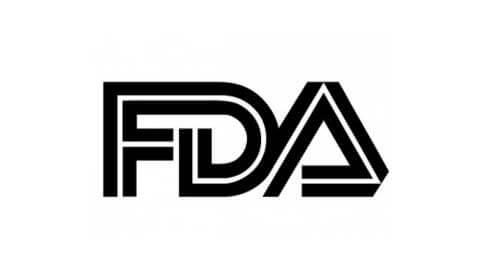On Monday, the U.S. Food and Drug Administration (FDA) announced that it has approved the first brain wave test that would help to assess attention-deficit/hyperactivity disorder, commonly known as ADHD, in children and in adolescents 6-17 years of age.
The groundbreaking test is called the Neuropsychiatric EEG-Based Assessment Aid (NEBA) System. It uses electroencephalogram technology to find out the ratio between two standard brain wave frequencies, theta and beta. Particular combinations of these two brain wave frequencies are more prevalent in children and adolescents with ADHD, while such combinations aren’t so prevalent in children without ADHD.
The new brain wave test cleared by the FDA is non-invasive and takes about 15 to 20 minutes to complete. However, the FDA has issued guidance that the test is not to be accepted as a standalone arbiter in the case of ADHD diagnosis, but should be used to confirm an ADHD diagnosis where medical and psychological examinations suggest presence of the disorder.
Christy Foreman, director of the Office of Device Evaluation of the FDA’s Center for Devices and Radiological Health said, “Diagnosing ADHD is a multistep process based on a complete medical and psychiatric exam … The NEBA System along with other clinical information may help health care providers more accurately determine if ADHD is the cause of a behavioral problem.”
ADHD is an extremely common neurobehavioral disorder among children and adolescents, and about 9.5 percent of those between the ages of 4 and 17 were found affected by ADHD according to a 2007 survey of the Centers for Disease Control and Prevention.
According to the announcement made by FDA, the NEBA system would go a long way in helping to diagnose ADHD. An independent group of ADHD experts who reviewed the approval process said, “the use of the NEBA System aided clinicians in making a more accurate diagnosis of ADHD when used in conjunction with a clinical assessment.”







